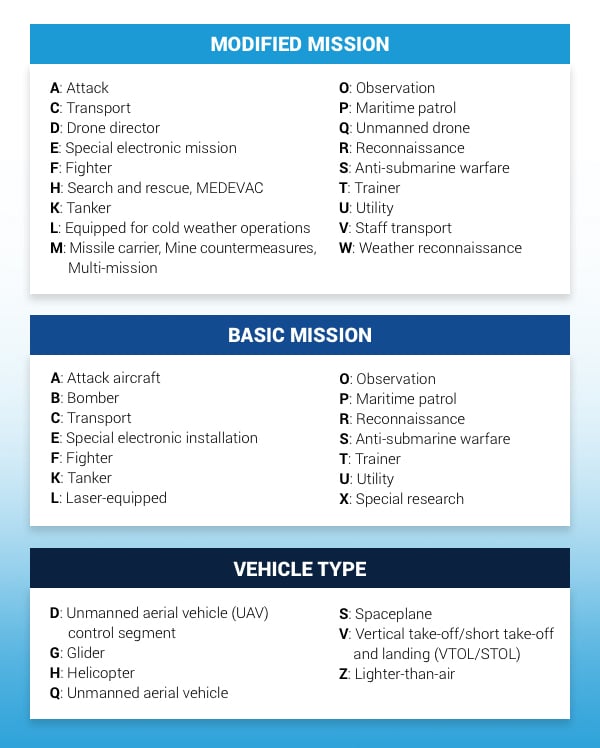

The international order could be put under great stress because many weak states might become failed states. In the future, some rising powers will be unwilling to support international organizations that underpin stable and secure international order. By doing so, they will extend their capabilities beyond their respective region. Rising regional powers will resort to intensified use of proxies to avoid direct conflict, minimize risk of escalation, and provide plausible deniability. The future security environment will be characterized by increased Great Power competition. It encompasses many diverse operations, ranging from homeland security to counterinsurgency (see figure 1). 1 The term operations short of war used here is a variant of operations other than war. Related terms are low-intensity conflict irregular warfare stability and support operations global war on terror and stability, security, transition, and reconstruction operations.

For example, the term operations other than war was used in referring to all military operations other than combat and garrison activities. Some of them were either too broad, others too narrow in scope. Various terms were used in the past in referring to the employment of combat forces short of high-intensity conventional war. operational decisionmaking and planning.operational command structure/command and control.methods of operational employment of combat forces.

operational factors of space, time, and forces.The main components of operational art are: Operational art reflects a particular national or Service way of warfare and often the personality and command style of the commanders. However, the application of operational art is largely an art, not a science. The theory of operational art is universal because it is based on experiences of all wars, regardless of the era in which they were conducted. In generic terms, operational art can be understood as the theory and practice of planning, preparing, and conducting major operations and campaigns aimed at accomplishing operational or strategic objectives in a theater. Comprehensive knowledge and understanding of theory of operational warfare are absolutely necessary for the most effective use of one’s combat forces not only in a high-intensity conventional war but also in operations short of war. Yet because of the more complex and restrictive strategic environment, operational art is much more difficult to apply than it is in a high-intensity conventional war. Operational art can, and should, be applied across the entire spectrum of conflict. One reason for this unsatisfactory situation is the belief that operational art is applicable only to a high-intensity conventional war, but this is indisputably false. Focus in these operations is almost entirely on strategy and tactics, while operational art-that critically important intermediate field of study and practice of the art of war-is given short shrift. In peacetime, one’s military forces are predominantly involved in conducting diverse and low-intensity actions, arbitrarily called operations short of war.


 0 kommentar(er)
0 kommentar(er)
